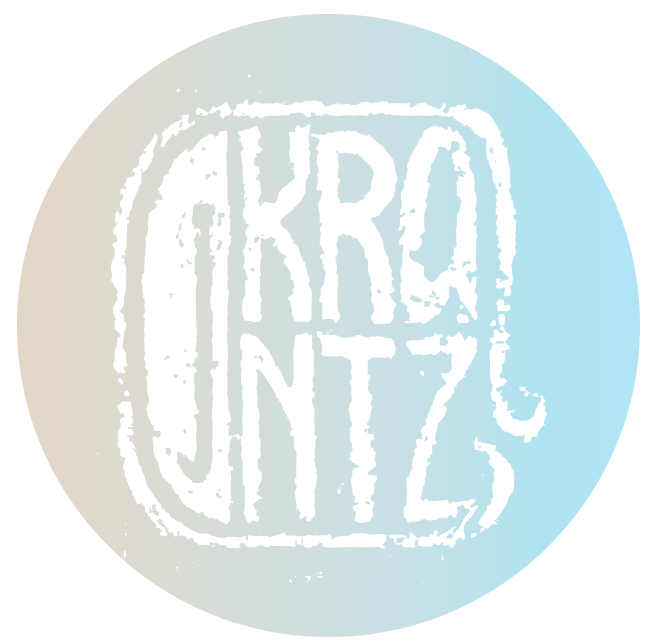Yep, it's that time! I have to let you all know about my upcoming show... it's called Plasmo!
Here are the deets:
Where: GallerySmith (project space), 170 Abbotsford St, North Melbourne, VIC 3051, Australia
When: Opening drinks Saturday 28 February @ 2pm-4pm. Actual show runs from February 26 to March 7.
Here is a sneak preview:
'Germinate I' 100cm x 90cm, Oil, acrylic and ink on canvas
'Plasmonaut' 130cm x 120cm, oil, acrylic and ink on canvas
'Plasmonautical' 130cm x 120cm, oil, acrylic and ink on canvas
'Stellascape II' 100cm x 90cm, oil, acrylic and ink on canvas
“Plasmo (GallerySmith, Melbourne Feb 26 - Mar 7 - opening drinks Sat 28 @ 2pm) could be animal or vegetable, or it could be a world in itself. It is abstract, organic, anthropomorphic and living. It is playfully alien, yet eerily familiar. It alludes to the universality, micro to macro, of organic life and patterns in nature. This body of work has been influenced by such patterns found while living and working in the unique landscape of rural southern Tasmania.
Amanda Krantz considers her work to be organic-psychedelia. Works are familiar representations of ecology, but not quite of this world. Her process is underpinned by a playful exploration of materials, and questions the role of painter in painting creation. The method of paint delivery to canvas, is often in random pours, throws and squirts, employing forces of nature to mimic nature. The natural fluidity and reactivity of paint mixtures, is itself alive in its own ability to move and mix, playfully creating chaotic patterns and random effects. She acts as a facilitator, allowing the paint itself to capture the essence of time and place. It’s a scientific process, executed organically, creating science-fictional landscapes and quasi-alien life.”
Talking shop: Works will be available for purchase. Geographically challenged buyers are welcome to purchase through the gallery. I will post a link to the full catalogue here once it becomes available.
Thanks everyone, for all the amazing and ongoing support. :)


















